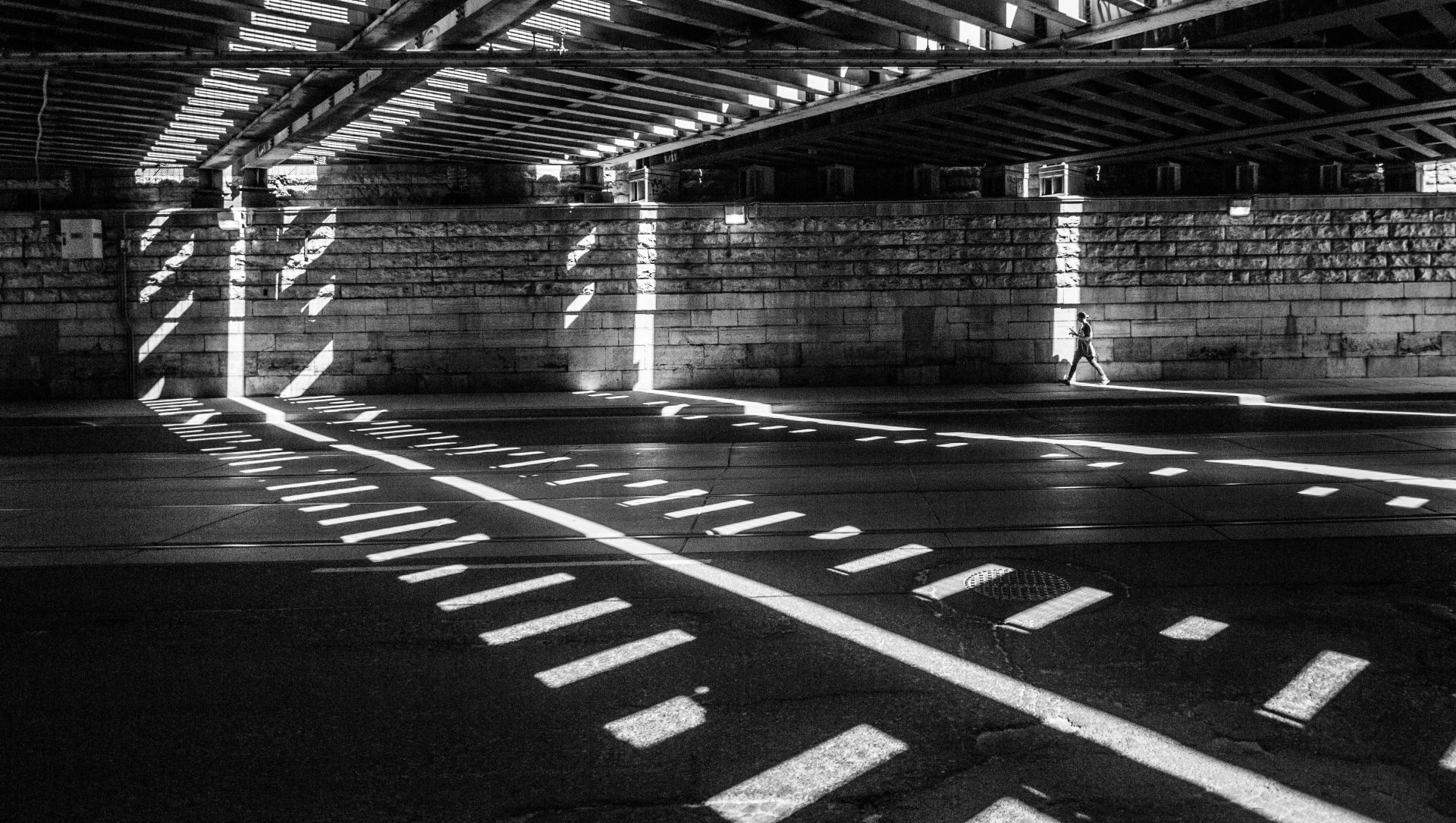
The Washington Liquor and Cannabis Board’s (LCB’s) recently-released Year One Canopy Report states that, in 2017, the amount of canopy licensed to growers of all types within the state was being underutilized.
Overall, only 38% of all licensed canopy area in 2017 was being utilized by cultivators to grow plants. The report also notes that, “if licensees that reported no active canopy are added into the total licensed canopy space, the proportion of active to licensed canopy space drops from 38% to 32%.” Almost 22% of all licensees reported no active cultivation taking place in 2017.
These figures show that the current wholesale market landscape in Washington State, which has for in excess of the past year been characterized by wholesale prices falling to historically low levels due to oversupply, was the result of roughly a third of the state’s production capacity being active. Given that revelation, it is clear that there is room for significantly more inventory to be grown by Washington producers.
However, it does not appear that growers are looking to ramp up production in Washington. In January of this year we analyzed sales figures posted by 502 Data showing that around 30% of producer and producer / processor licensees had reported no sales revenue for 2018, indicating that the proportion of cultivators actively operating their licenses had decreased compared to 2017. Due to the LCB continuing to issue new producer licenses through last year, though, more operations overall appear to have been active in 2018. It is important to note that the information posted by 502 Data is self-reported, unaudited, and has been shown to contain errors. Unfortunately, official sales and production data has not been forthcoming from the LCB since late 2017.
The LCB’s canopy report also included the results of interviews with licensees, which allowed operators to express their general opinions and apprehensions regarding the current and future state of the market. Concerns about overproduction were the first item listed in this section, with the report stating, “It was common for licensees to state a belief that there was too much cannabis on the market.”
At the same time, another common concern stated by licensees was that their canopy area would be reduced by LCB, due to the fact that it was not being fully utilized. Washington’s legal cannabis system includes regulations that permit officials to reduce an operation’s license tier. However, the report appears to shy away from recommending strict enforcement of said rules, saying that, “Enforcing this [regulation] as written would be difficult due to the prevalence of underutilization of canopy and likely produce unintended effects on the market.” The report does not elaborate on what those effects might be.
Whether Washington State lawmakers and regulators employ this report to formulate policy that might impact supply, demand, or distribution and sales, remains to be seen. Some of the items noted in the report – such as grower concerns about market access and the possibility of producer licensees being allowed to retail their product in some way – are currently being considered by officials, according to previous statements.